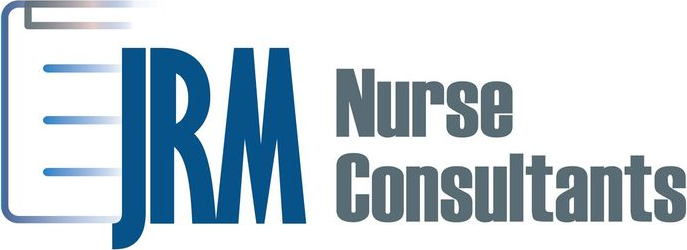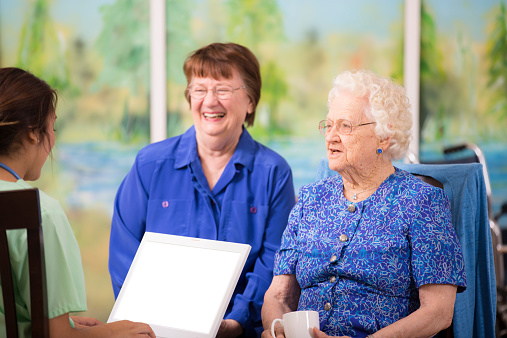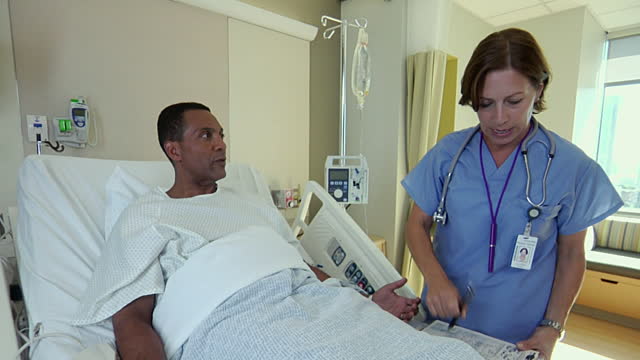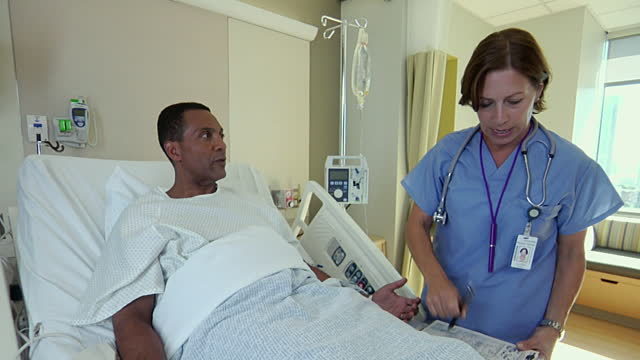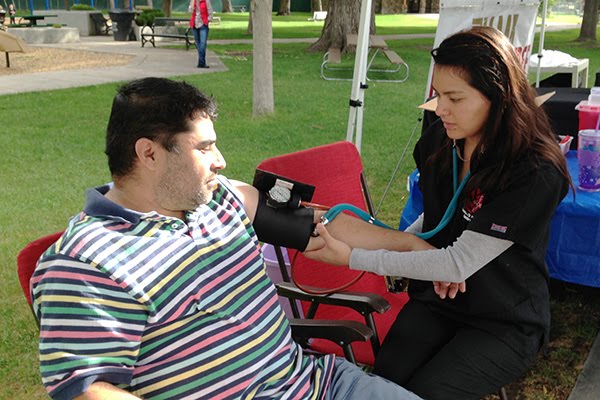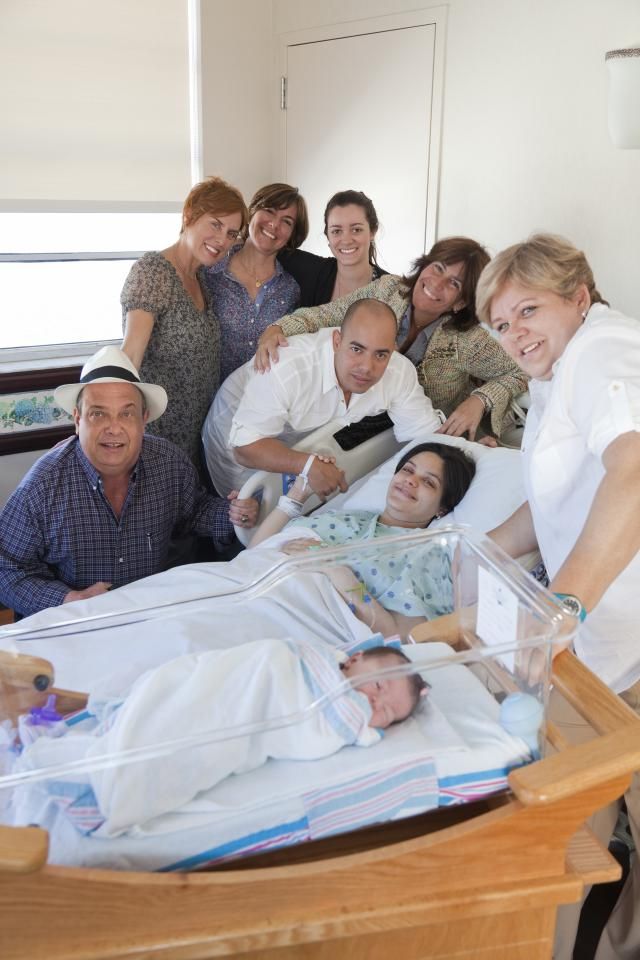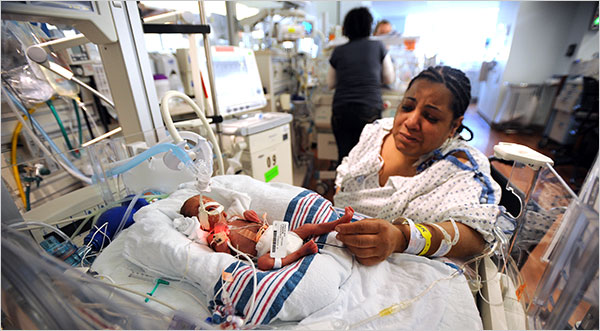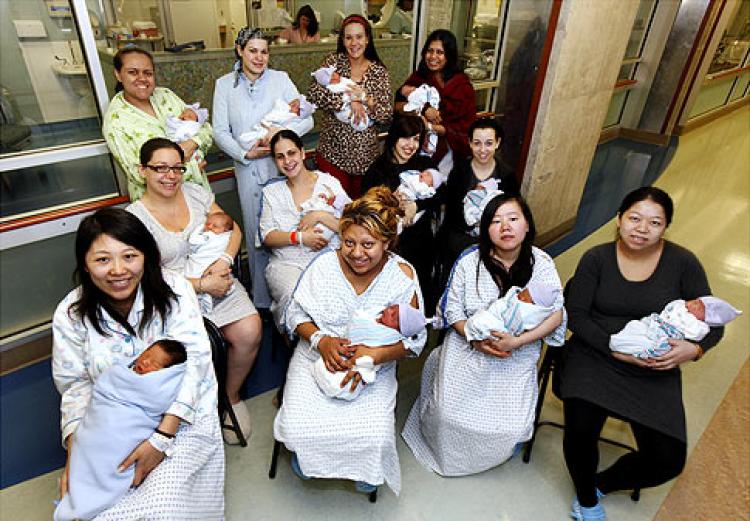In our rapid changing healthcare system, it is very important to be able to have information at the tip of our fingers so that we can best help our patients. How great it is to have the patient’s medical records available after entering their information in the system when the patient asks a question. My favorite thing about having the patient’s information at your fingertips, is when a patient calls me, to help me remember them I always jot down some personal information about them; for example, one patient loved to watch her Spanish soap operas, another had a pet bird named Sam. Knowing these trivial things helps me build a relationship telephonically with the patient, this allows me to ask about it so that when it comes time to discussing their healthcare and goals, I have established a trust to build a stronger effective care plan.
Critical thinking needs to be incorporated in to the informatics process. Through critical thinking and informatics, we are encouraged to consider our own needs, have positive feedback and think logically to assist us to make good decisions that are based on evidence rather than on emotional feelings (Rubenfeld & Schaeffer, 2014).
References
Rubenfeld, M. G., & Scheffer, B. (2014). Critical Thinking Tactics for Nursing Achieving the IOM Competencies (3rd ed.). Retrieved from http://online.vitalsource.com/books/9781284059571
